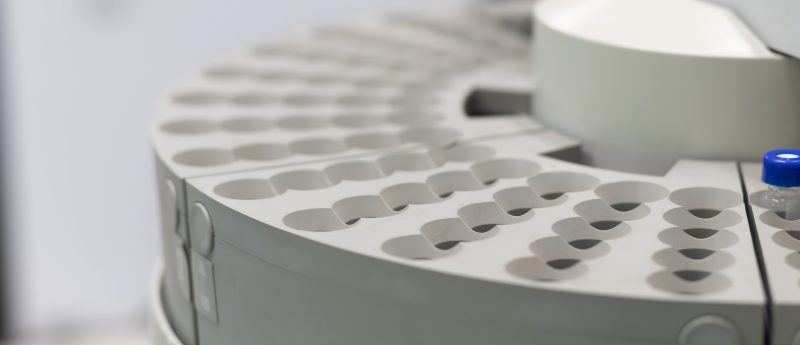Simultaneous and stereospecific analysis of warfarin oxidative metabolism using 2D LC/Q-TOF (Agilent)

Background: Warfarin is a widely used racemic anticoagulant with narrow therapeutic range and wide interindividual response to treatment. This is due to the extensive and differential clearance of R- and S-warfarin with the involvement of several polymorphic CYP450 enzymes resulting in the formation of several stereoisomeric oxidative metabolites. Results: A stereospecific 2DLC/Q-TOF method was developed for the simultaneous identification and quantitation of hydroxylated warfarin metabolites from a single sample analysis. Using this method metabolites from rat microsomal and plated hepatocyte incubations with R-, S– and (R/S)-warfarin were estimated. Conclusion: Multiheart cutting with high resolution MS and MS/MS analysis is suggested as a viable approach for achiral-chiral separation of metabolites of warfarin and other chiral or prochiral drugs.
Warfarin, in clinical use since the 1950s, is one of the most widely prescribed anticoagulants for the treatment and prevention of thromboembolic events, and to treat atrial fibrillation, deep vein thrombosis and other coagulopathies. It has been prescribed for over approximately 20 million Americans despite having a narrow therapeutic index and high interindividual variability. The interindividual variability is primarily governed by differential metabolism of warfarin, since it is cleared by a number of polymorphic enzymes including CYP2C9 and CYP2C19 [1–6]. Underdosing of warfarin can cause ischemic stroke while overdosing can cause hemorrhaging, and any failure to balance warfarin potency and patient response can lead to increased risk for serious adverse events.
Click here for the full article





